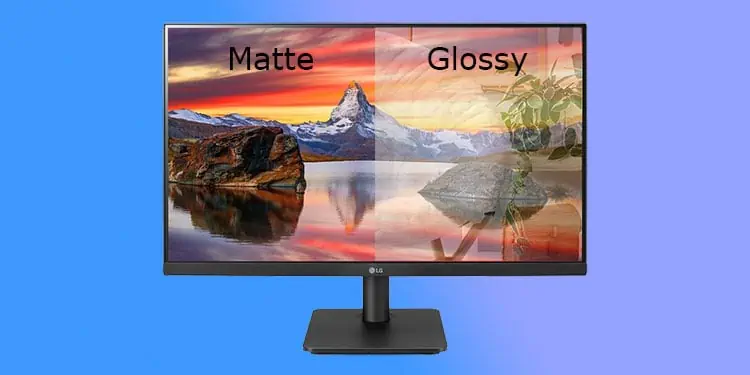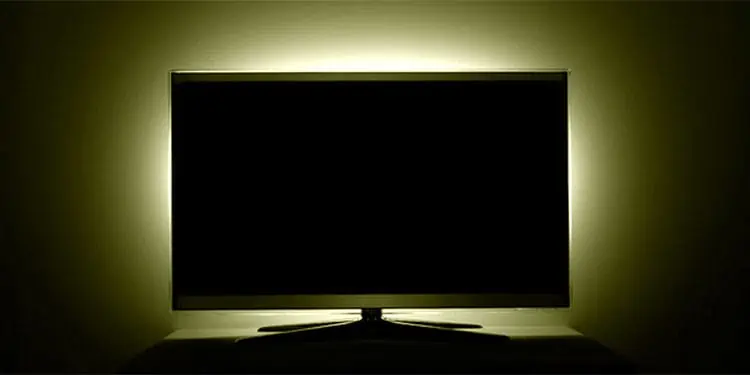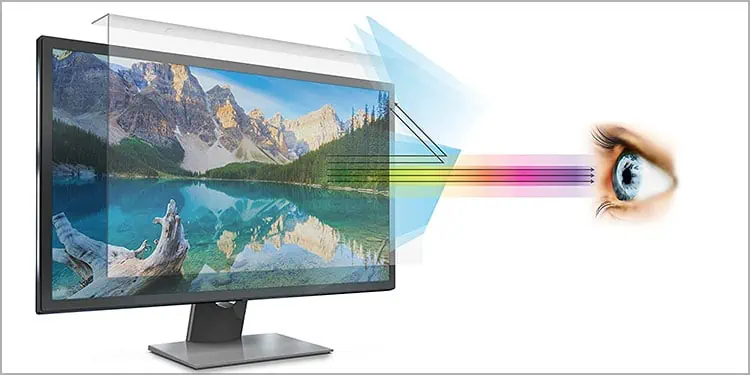Staring at your screen for an extended period of time is one of the leading causes of eye strain. This eye strain can lead to eye irritation, itching, eye-ache, and even headaches.
While a good rest will often refresh your eyes, it’s better to set your monitor settings to minimize such issues.
In this article, we’ll discuss which settings are the best for your eyes. However, there’s no hard-and-fast rule. The proper way is to set the configuration that provides the most comfort to your eyes.

How Much Can Monitors Affect Eyes?
Most people have many misconceptions about how monitors affect your eyes. For instance, staring at your screens all the time may not cause myopia or other eye disorders.
Research shows that such diseases result from genetics and environmental factors, such as lack of exposure to daylight. So, if anyone who watches digital screens a lot suffers from such disorder, it’s likely due to prolonged exposure to dim or florescent light instead of daylight.
Furthermore, excessively bright or dim screens also pose no permanent harm to your eyes. Our eyes’ job is to capture light, regardless of contrast, and our brain conjures the images. Apart from the UV lights, which your monitors don’t emit, other light cannot harm our cells regardless of their intensity.
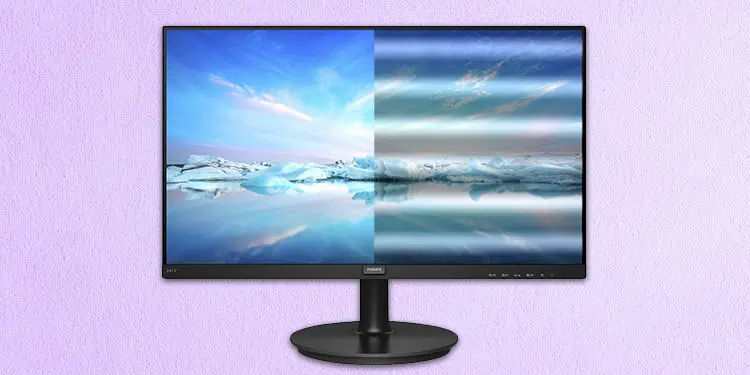
Our iris does contract and expand to accommodate the light exposure, and there are muscles in our eyes that help the internal lens focus on objects at various distances.
Frequently exchanging looks between objects at different distances or with different illuminations can strain our eyes. Looking at an object at an uncomfortably near distance can also strain your eye muscles.
However, this only temporarily strains our eyes, and the strain or eye headache goes away after a short rest. Basically, what type of monitor or settings you need is only a matter of comfort. There’s no need to worry about permanent damage to your eyes.
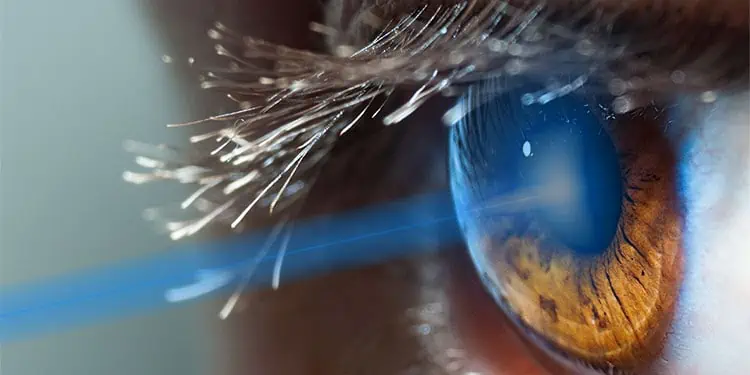
Best Monitor Specifications for Eyes
First, let’s discuss what type of monitors are the best for your eyes. Even ifyou already have a monitor, we recommend going through this section anyway to learn more about how the various monitor settings affect your eyes.
Most old monitors used PWM (Pulse Width Modulation) technology to provide dimmer light.
In a single cycle (fraction of a second), providing light for the entire period gives full brightness. But if you provide light for half the cycle period, the total cycles show half the brightness. This mechanism is called PWM, and the On-Off refresh creates flickers, which increases eye strain.

Nowadays, most monitors use DC technology to manipulate brightness and contrast. So, there’s no flicker. Also, if the refresh rate of PWM monitors is very high, our eyes can’t detect the flickers, diminishing their impact.
